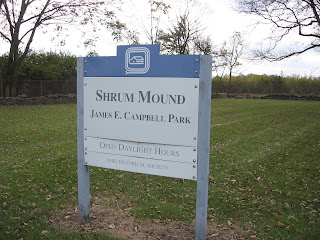
Louie, short for Cat Ballou, from the movie of the same name, and his sister Sing (Cat Dancing) came from Parkersburg, WVa, when I lived in Marietta. I had moved there with my two elderly cats, both of whom died during that difficult year of my life, and I found myself without a pet for the first time in 18 years. I couldn't stand it, and as soon as a client told me she was looking to find homes for a litter of kittens, I adopted a pair. I have very few photos of them as young kittens, but here is my favorite of Sing:

Sing's life was cut short, but during the time I had her, she was a terrific cat. When I sent her outside one night during her heat cycle to meet the neighbor's tom cat, she presented me with a litter of 6 beautiful kittens. Louie was their uncle. Sing was a good mom, but when she needed to get away, Louie would watch the babies for her. It was the beginning of his role as patriarch of my feline family, and to this day when I bring home a new kitten, Lou isn't satisfied until he pins down the newcomer and gives it a thorough bath - the "Louie seal of approval."
Usually, I shave Louie down in the late spring or early summer. His long coat rarely mats, but he picks up burs and sheds big clumps of hair, so it is easier to maintain him in a short summer 'do. This year, I neglected that chore until he began looking rather unkempt.


I didn't shave him to the skin, and I left him with a full tail and a "shrug" of hair over his shoulders, neck and chest, just took off the bulk of the hair on his body, plus removing a mat over his hip. Doesn't he look better?


When he was less than 6 months old, Louie and Sing were outside overnight. In the morning, I opened up the back door to call them into breakfast. Sing came home, Lou didn't. Frantic, I called and called to him. My neighbor heard me and said, "Are you missing a cat?" When I replied that I was, he said, "Well, I think it's here, under my truck."
"Alive or dead?" I asked anxiously. "He's alive," came the reply, "but I think he's hurt."
I ran across the field to the next house. There was Louie, under the neighbor's truck, alive but unable to walk. As I called his name, he began talking to me. He had been hit by a car and both back legs were broken, yet he had managed to drag himself up a long gravel driveway and find refuge under a red pick-up truck. He just picked the wrong driveway and truck - my red truck was in my gravel drive next door! The most amazing thing was how happy he was to see me and how he didn't scratch or struggle when I gently picked him up, even though I knew I must be hurting him. He purred and began kneading me with his paws.
I fixed his broken legs and one healed well, but the other - not so much. During his recovery, I kept him in a large, metal dog crate that was well-padded. Because he couldn't stand in the rear, I knew he couldn't use a litterbox, so I would take him outside and lay him in a pile of loose dirt, where he would energetically scratch and dig a hole just the way he wanted, then struggle to position his rear over the hole. Once, when I helped move him into position, he stopped, gave me a glare, and then moved himself over. "I can DO it mySELF, Mom!" he seemed to be saying.
One afternoon, we were sitting outside, enjoying the weather, when a car sped down the road. Louie sat up and watched that car until it was out of sight, then laid back down again. He has never gone near the road since his injury, as far as I know, and when I start letting a new kitten go outside, I always send it out with Louie, to teach it the ropes.
Louie is 11 now, but still as young at heart as ever. He doesn't let his handicap slow him down at all, and he is still the most friendly and loving of my cats.

His right rear leg is a mess. When you look at it on X-rays, you can't see any normal anatomy, because of the remodeling changes which have taken place, but Louie doesn't let that slow him down. When he runs, he drifts off to the right, so he will take aim at a spot, run towards it, then tack over to the left every so often to keep on track.

He is tending to hold that leg up more as he gets older, but he still patrols the barn and the yard, hunting mice and getting into fights with stray cats that enter his turf. He has chronic tear stains in the corner of his left eye, because of a cat fight injury that left a scar which blocks the drainage duct.

































































